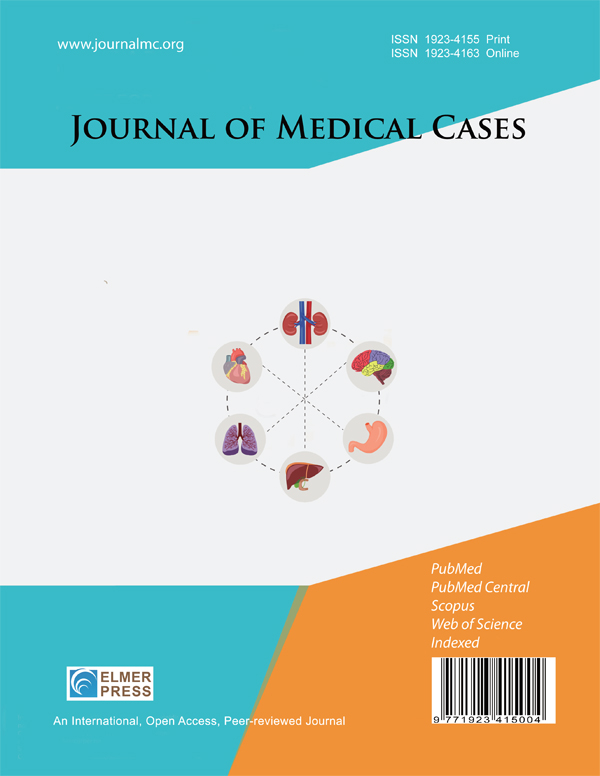Angiotensin II to Treat Intraoperative Vasoplegic Shock in an Infant
DOI:
https://doi.org/10.14740/jmc5176Keywords:
Shock, Vasoactive agents, Angiotensin II, Vasoplegia, Distributive shockAbstract
Vasoplegic shock is defined by a pathological reduction in systemic vascular resistance, leading to hypotension despite normal or elevated cardiac output. A key therapeutic challenge lies in the profound and often refractory nature of the hypotension, which may not respond to conventional fluid resuscitation or adrenergic vasopressors. In this report, we describe the intraoperative use of a novel vasoactive agent, angiotensin II, for the treatment of vasoplegic shock during bilateral nephrectomy in an infant. We review current therapeutic options for vasoplegic shock, summarize existing pediatric reports involving angiotensin II, and discuss its emerging role in the management of this difficult-to-treat condition.

Published
Issue
Section
License
Copyright (c) 2025 The authors

This work is licensed under a Creative Commons Attribution-NonCommercial 4.0 International License.









